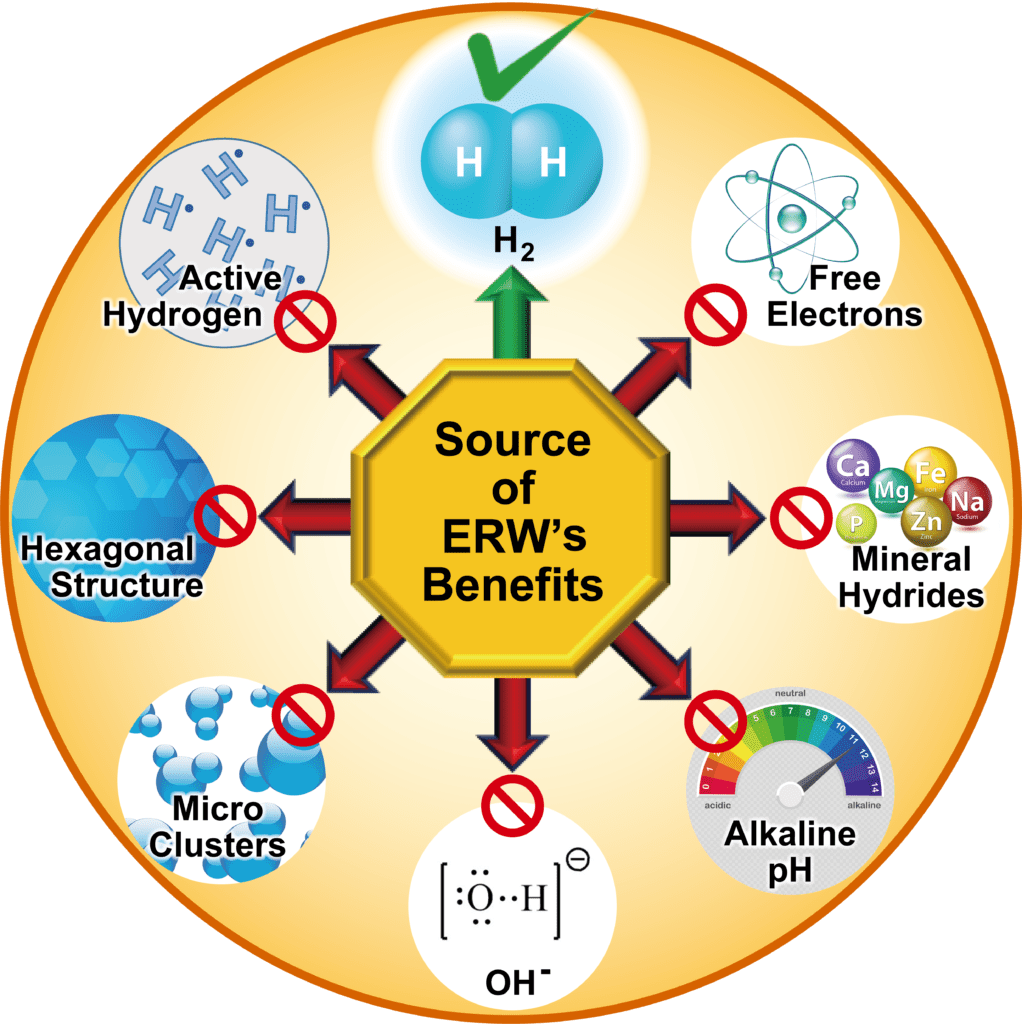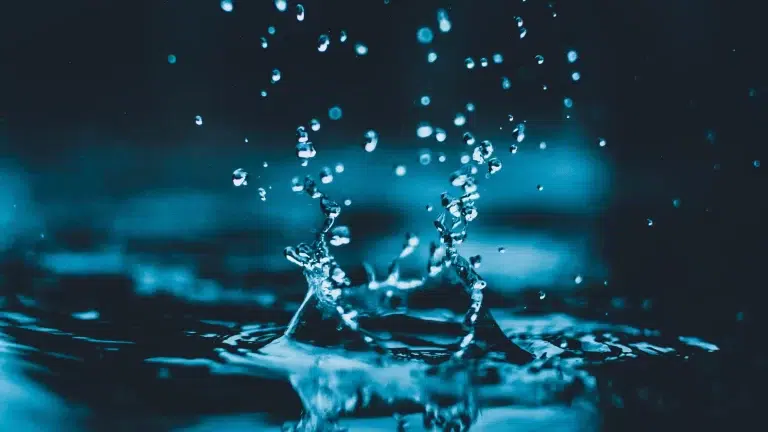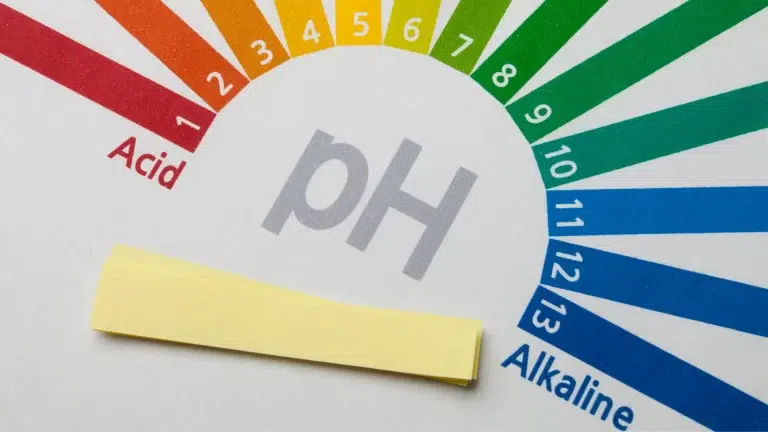PART 4. POTENTIAL NEGATIVE HEALTH EFFECTS & CONCLUSIONS.
POTENTIAL NEGATIVE CONSEQUENCES

Lastly, the number of reasons why microclustered water would be bad for you outnumber those which people claim are reasons it is good for you.
Here are just a few examples:
- Taken literally, a “microcluster” is almost the same size as the cell itself,1 so how could that ever actually get into the cell? Micro is pretty big when we are talking about things about a thousand times smaller.2
- The colligative properties of the water would make it unfit for cooking, cleaning, or drinking because it would behave radically differently.3
- Stable microclusters would prevent normal enzyme catalysis.4 Our bodies are used to ‘normal’ water, and making even a small change like having a neutron in the hydrogen atoms (2H2O or D2O) actually would inhibit enzyme function5. Even if it’s just the tiniest bit different, it ends up being toxic.6
- If it can get inside that easily, then it can get outside that easily as well. This would damage the cell membrane and thus cell signaling via the lipid raft and other extracellular receptors.
- If it could somehow penetrate the cell like it’s claimed, then we would have to drink close to 180 liters of water a day,7 which means we would have to urinate that much also. This is because we would not be able to properly store water, as it would “leak” right through the cells.8
- If it could really increase cellular hydration, then it would be extremely carcinogenic,9 as hyper-cellular hydration is a potent stimulator of cancer initiation and progression.10
- If it could get inside the cells that easily, then many enzymes would not work properly as many are dependent upon water molecules (general acid catalysis) 12
- It would likely cause sterility13 because it would prevent mitosis.14 A water cluster would have alterations in the hydrogen bond,3,15 thus possibly having similar effects as deuterium oxide (2H2O or D2O).
So many things keep coming to me… Actually, the more I think about it, the more I am convinced that if such a phenomenon really did occur it would have serious negative side effects.
It is very clear that if microclustering in water did exist, then it is more likely to have “numerous” negative physiological and biological consequences than to have “numerous health benefits”.
CONCLUSION
In conclusion, it is noted that water has many unsolved mysteries.16 Many forms of transient water clusters17 form and disappear on a femto-time scale18 (less than 1/10 millionth of a millionth of a second).19 When it comes to microclustering remember the following verities:
TAKE HOME POINTS
- There are no valid and reputable scientific studies that support it20 (only ones that refute it21).
- No experiences observed with ionized water necessitate the need for a microclustering explanation.22 Indeed, it can all be explained by known properties: e.g. minerals, H2 gas, alkaline pH, etc.
- Obviously because the “micro-clustering” hasn’t been proven, the idea of better hydration due to microclustering also has not been proven.
- Even if you could somehow create stable microclusters, it is more likely that they would have a negative impact on health than a positive one.
FREEDOM OF BELIEF
In reality, you can believe whatever you want. For example, although science has proven that most water at room temperature is a liquid, we are certainly free to believe it’s really a gas. Just know that you will be laughed at. You can believe that there are mystical, transcendent, and/or other supernatural properties about ionized water, but they lack falsifiability and as such are not scientific.
Falsifiability simply means that you can prove the hypothesis false. For example, if someone said that ionized water (or soda) was alkaline you could test that.21However, if someone said that Legendary Hercules drank ionized water…well, how do you test that?
Now, after reading all four parts and all 150+ references, it is completely fine if you still believe in microclustering, but remember you cannot say that “science supports your position” to any degree or that there are “numerous health benefits”. Even if you feel that science has not completely proven that microclusters do not exist (which is fine), you certainly cannot cite a lack of “evidence for its non-existence” as “evidence for its existence.” Many inadvertently fall into this fallacy by saying things like: “Well, science doesn’t know everything, it used to teach the world was flat”—As if this somehow validates their position and somehow not realizing that IF it weren’t for science we would STILL believe the world was flat.
Just because science can’t explain a phenomenon doesn’t mean the phenomenon doesn’t occur, but remember that phenomenon must first be shown to exist before a theory can be developed for it. And in the case of microclustering, there is no valid evidence for its existence, but substantial evidence to the contrary.
MOLECULAR HYDROGEN IS THE SOURCE OF ERW’S BENEFITS; NOT MICROCLUSTERING

Lastly, just because the micro clustering claims of ionized water are false21 does not negate the fact that ionized water can indeed have health benefits.23 It’s just that these benefits are ascribed to the dissolved molecular hydrogen (which is validated by hundreds of scientific articles),24 unlike the purported microclustering.21
Read MICROCLUSTERING: The Making Of A Myth (Part 1 Facts, Claims And History)







